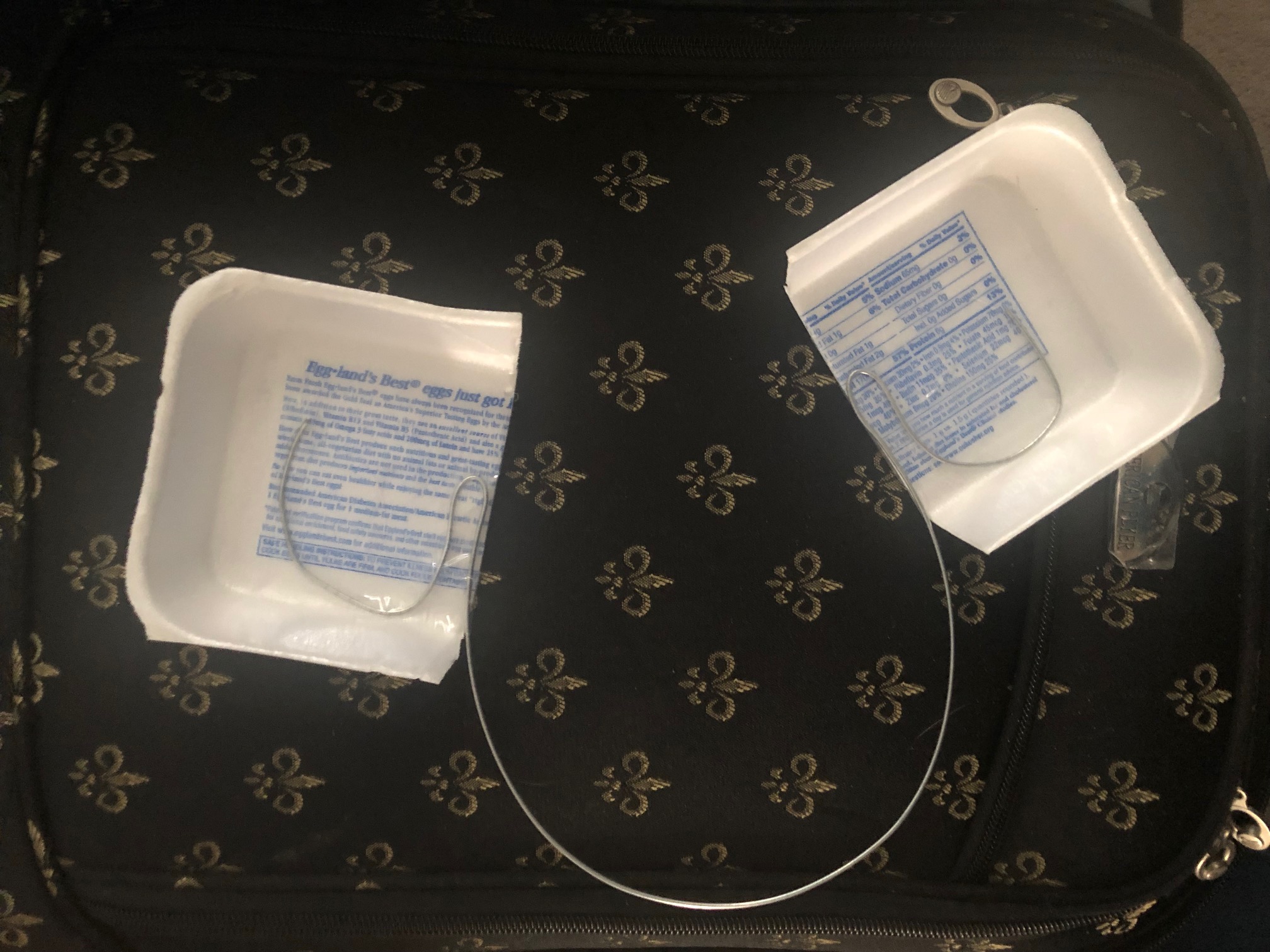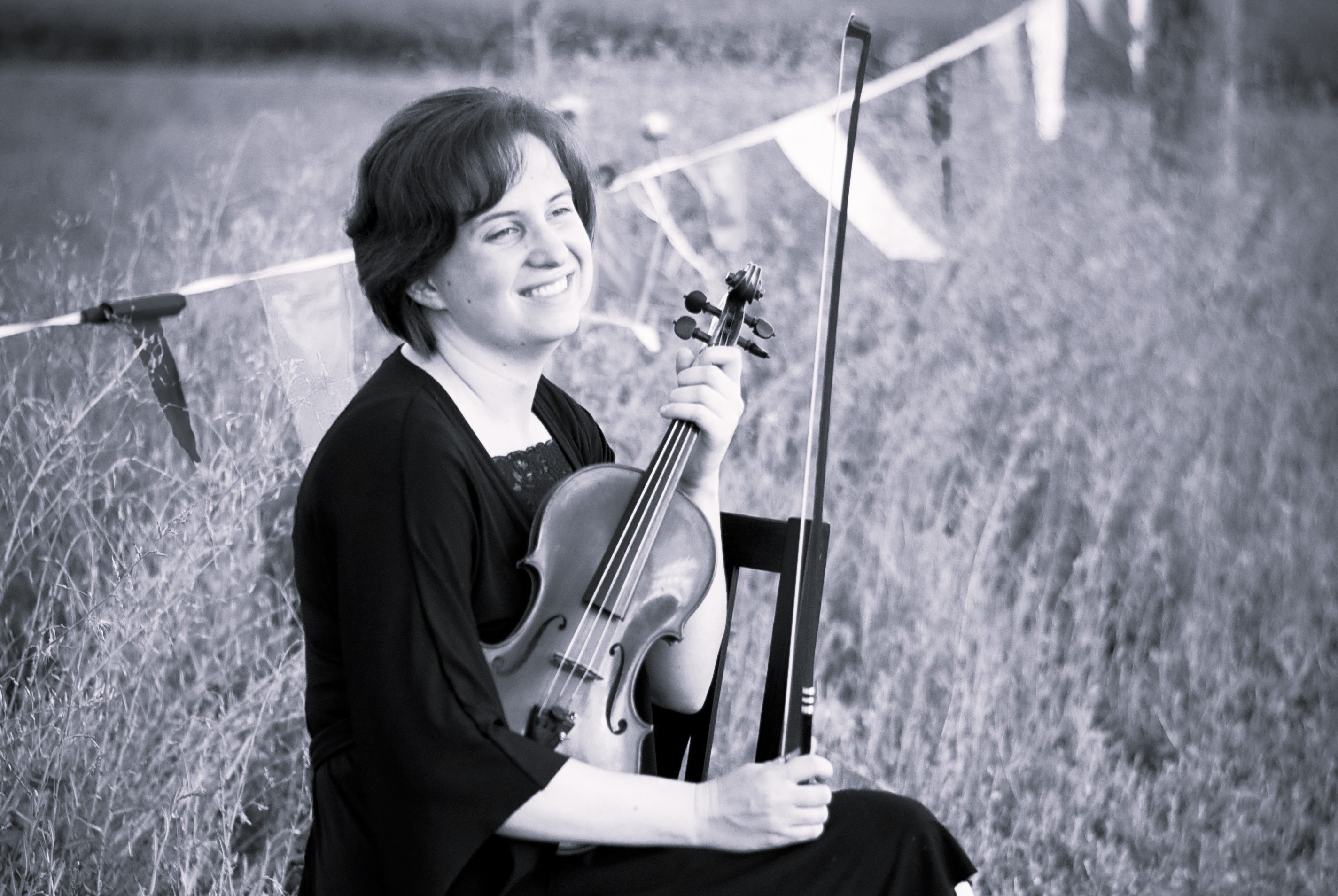This is a bit of a shout-out to Richard Ferguson in Rexburg, ID. He owns a violin shop there. I recently took the Tooele Valley Youth Symphony on tour up to Idaho, and we stopped in at Ferguson Violins for a short visit. (Before our tour, Richard was instrumental in helping us get connected with the professors at BYU-ID, where we had one of the most substantial music days of our entire trip! He also recommended a nearby trail for hiking and even attempted to help us find a new bus when our transportation company bailed on us just over a week before our departure. All this before I ever met him in person. In other words, he went above and beyond to help us, which was so very appreciated!)
His very knowledgeable staff gave helpful, fascinating tours in three segments to our entire group! Our executive artistic director said the whole trip was worth it just for this one stop.
For instance, we learned that it costs roughly $200-300 for a decent block of maple or spruce (the wood choices used for the back and top of the violin, respectively, because of their strength, aesthetic beauty, and flexibility), even before it starts to get carved. Think of that the next time you're tempted to buy a $60 violin off of Amazon! We learned how to clean stringed instruments properly. A little bit of mild soap/detergent on a damp cloth is acceptable for removing grime, and Kleenex can remove excess rosin on the bow. I loved watching the process of rehairing a bow for the first time, learning about different wedges and exactly how many hairs are in a violin bow (200!). I learned that even if you take excellent care of your bow, always loosening the screw when you should, eventually (usually after a few years), you'll have to get it rehaired, simply because with the repeated tightening of the bow when you play, the horsehair will gradually get stretched out over time. Siberian horsehair is a common choice because of it's consistency and steady growth in the cold climates.
Richard demonstrated a passage or two on his violin, and I was impressed with his skill. He also let me play on some of his violins and measured my head so he could create an acoustic aid custom-built for me, which he said would change my life--something he called "egg ears" (pictured). He mentioned to our small group that it's a common mistake for people to try to find a new violin that sounds smooth and silky under their ear, when really, you should be looking for something that, to you at least, sounds like it has a bit of radio interference. When you hear that, you know the instrument is capable of more than just one type of tone, and it won't come across as muddy to your listeners! The "egg ears" let you hear what your audience would hear, which is a smooth, silky tone even when the good violin sounds much more gritty to the one playing it, normally. All in all, it was a great experience. I appreciate meeting people in life who are not just excellent at their craft, but who are good folks who leave you feeling privileged for the chance to interact with them. People who make you want to live life better. Thanks, Richard and crew, for being amazing hosts, and for graciously imparting your expertise!


Cami Shaskin
Violin Blog
About
Updates
Quick Access
Archive
2021
Jan
2022 16 - Welcome to My Blog
23 - Violin Teaching Kits
Feb 06 - Valuable Techniques
07 - From the Top
20 - Violin Jokes
Mar 06 - Singing in Orchestra
13 - Nurtured by Love
21 - Helpful Websites
27 - Unique Case Uses
Apr 10 - All About Tone
24 - Teaching Values
May 02 - Believing Teachers?
29 - Our Quartet
Jun 26 - Violin Bridge Tips
Jul 07 - Clever Violin Memes
20 - Horses and Lions
Aug 04 - Music During Covid
16 - Favorite Music
Sep 12 - Being There
Oct 16 - Sight Reading Tips
Nov 05 - Why It's the Frog
Dec 20 - Bach on the Brain
30 - Impact for Life
Jan
Jul
Aug
Oct
Nov
2023 23 - Tendonitis Helps
Feb 21 - An Old Performance
Mar 23 - Cars3 & Coaching
Apr 29 - Preferred Brands
May 27 - Love: A Calling
JunJul
Aug
08 - Music Opens Doors
SepOct
Nov
27 - Useful Analogies
Dec 28 - A Humorous Anecdote
Jan
Feb
May
Jun
Aug
Oct
Nov
2024Feb
15 - Our Commonality
Mar 10 - Extras
18 - Autopilot
AprMay
Jun
06 - Motivation
JulAug
26 - The Ink
SepOct
Nov
26 - Music Copyright
Dec Jan
Mar
Sep
2025 15 - Fame and Fortune
FebMar
14 - Intermission
Apr 18 - A Day in the Life
May 02 - Oops!
Jun 14 - A Science or an Art?
Jul 15 - A Difficult Post
AugSep
20 - Anxiety Interview
Oct 02 - Sounds of Italy
Nov No posts to display.
Dec No posts to display.
Jan
Feb
Aug
Feb
No posts to display.
Mar No posts to display.
Apr 17 - Bittersweet Moments
May No posts to display.
Jun No posts to display.
JulAug
No posts to display.
Sep No posts to display.
Oct 31 - My Video Series
Nov No posts to display.
Dec No posts to display.
Posts
Gratitude for Idaho Shop
| Love it | Interesting | Inspiring | Want to share |
 |
 |
 |
 |
| 0 | 0 | 0 | 0 |
Like this post? Link back to it later by copying the URL below.
© 2021-2025 All Rights Reserved
This content has been proven to be completely dairy-free, gluten-free, sugar-free, and made from code not treated with rBST. No animals were harmed in the making of this blog. The views presented do not necessarily represent the views of Ms. Shaskin's neighbors, kin, the U.S. government, or a mysterious worldwide network of musicians. Any reproduction, retransmission or reposting of content without crediting the author (basically me) is prohibited. Free Wi-Fi not included. If this is a life-threatening emergency, close your browser and dial 911.



